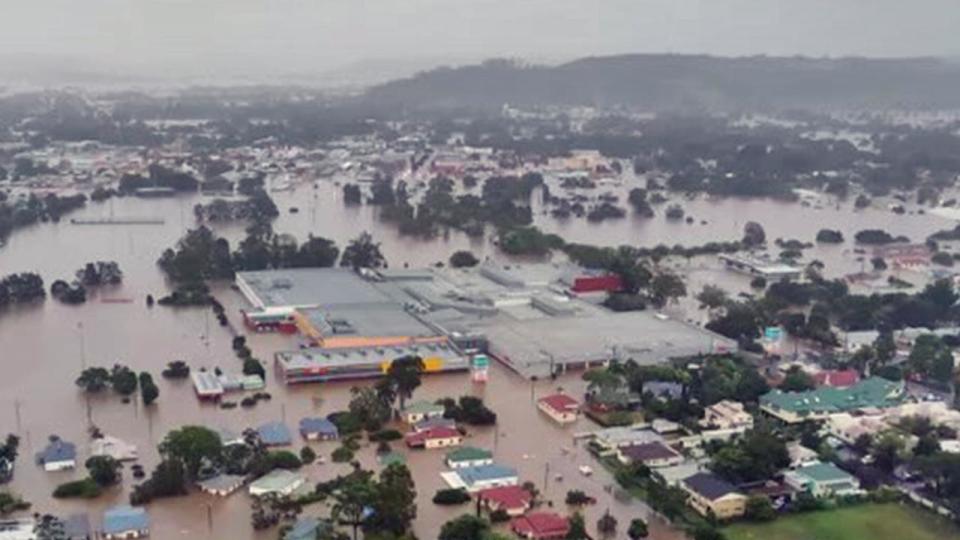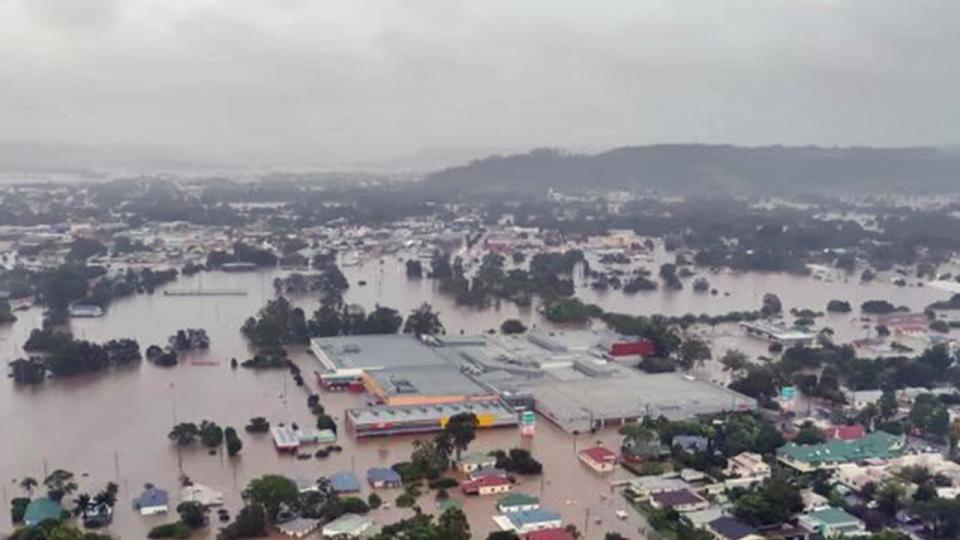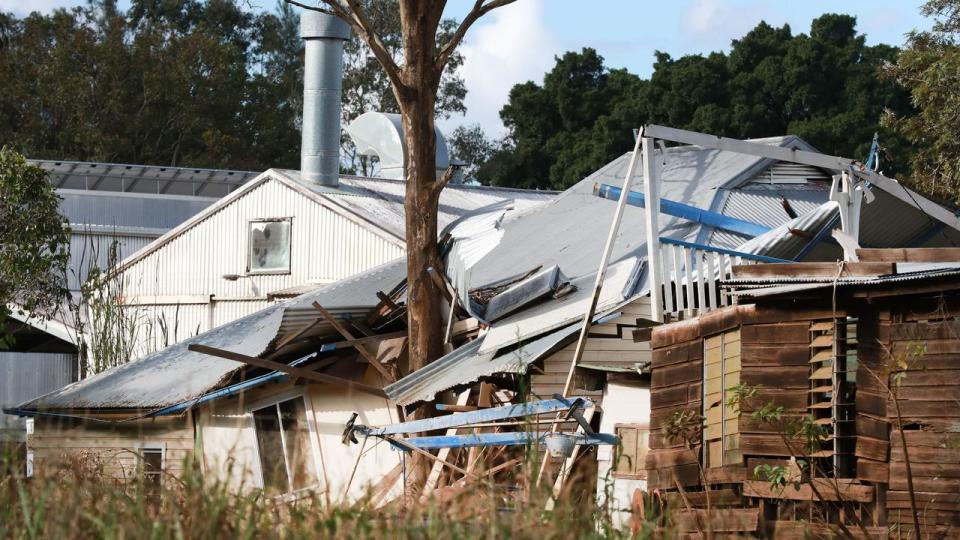
A joint contingency of 11 state MPs and seven mayors in NSW’s Northern Rivers region have called on NSW Premier Chris Minns and Treasurer Daniel Mookhey to fast-track support for residents still reeling after the catastrophic 2022 floods.
On Wednesday, a rezoning of the flood plains maps nearly halved the number of homes eligible for tranche one of the Northern Rivers Reconstruction Corporation (NRRC)’s $700m Resilient Homes Program (RHP).
Areas which were deemed the most at-risk to flooding were given priority access to support in the form of buybacks, retro-fitting and house raising.
On Thursday afternoon, state MPs of Tweed (Geoff Provest), Ballina (Tamara Smith), Lismore (Janelle Saffin), Clarence (Richie Williamson) and local mayors in Byron Bay Shire (Michael Lyon), Lismore (Steve Krieg), Kyogle (Kylie Thomas), Ballina Shire (Sharon Cadwallader), Tweed Shire (Chris Cherry), Clarence Valley (Ian Tilley) and Richmond Valley (Robert Mustow) urged Mr Minns and Mr Mookhey to bring forward Tranche Two.


The second phase of the scheme would make more homes eligible for buybacks, and also open more homes for retro-fitting and house raising.
“Our communities need to know that the funding they believed would come is definitely coming and that the RHP as promised will be completed,” read a letter sent from the MPs and mayors to the Premier.
“You will recall, as Opposition Leader, stating you would back in what had been done and were committed to the region we all represent, and then again as Premier on your early visit to Lismore.”
They also called for an in-person meeting to discuss issues related to “the flood recovery and rebuild” as well as the powers of the NRRC, after the divisive rezoning of the flood plain maps.
“Nearly 16 months on from the humanitarian disaster that engulfed our communities, we need to know that as promised, we will not be forgotten and that we can recover to bring more stability into our communities,” the letter read.
“It is fair to say we were disappointed with their ‘maps’ release.”
Ms Saffin, a Labor MP and flood survivor, said her community “deserved better”.
Lismore was one of the areas worst-affected by the rolling floods in 2022, where flood levels peaked at 14.4m. Fives residents died in the natural disaster and more than 4000 homes were left uninhabitable.

“I have criticised (the NRRC) regularly for their inability to communicate. When they put out the map, they couldn’t even communicate a bloody map,” she said.
“No one could understand it.”
Ms Saffin called for more leadership and a comprehensive strategy, instead of a “bit by bit response” that has been marred by bureaucracy.
“Our disaster is not business as usual and it needed a different modus operandi, which is what you do during a disaster. They have not been able to rise to that at all,” she said.
“The community had a lot of hope in the delivery of the Resilient Homes Programme … they’re hanging on but I want things to change.”
Byron Bay Shire Mayor, Mr Lyon said it was up to the state government to iron out the communication issues.
“We‘ve gone through a bit of a disconnect in the last 72 hours. This is a whole of government problem,” he said.
“The whole the government needs to get their act together and get together sorted out, and clear up the funding uncertainty. Then we can fund the program to the full extent possible.
He said it was now up to all levels of government to clear up the confusion.
“The consensus broadly from the people affected by floods, landslides and the natural disasters by last year is that things are moving too slowly and they‘re being communicated badly.
“We need to get all the key players together and sort this out. We need to get this right.
“Our community understandably have had enough.”
The NRRC and Mr Minns’ office have been contacted for comment.
